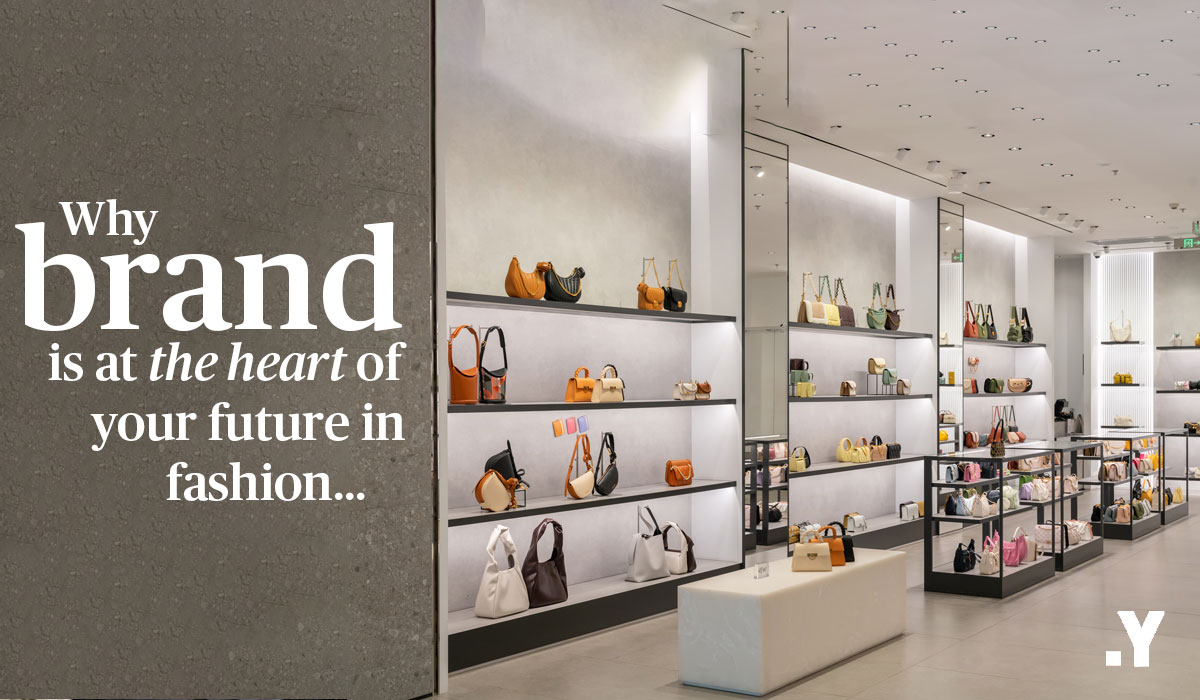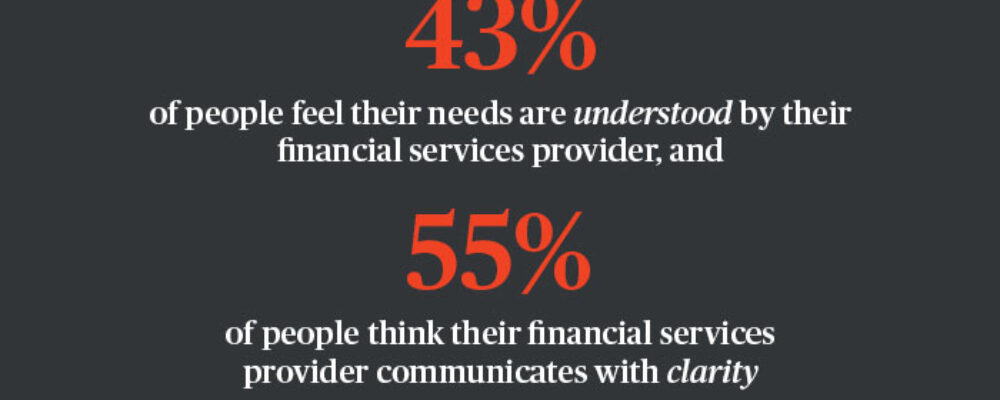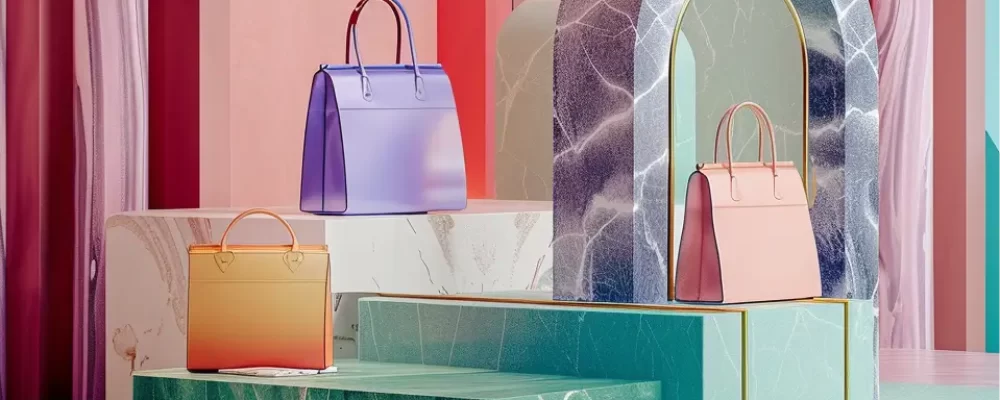Online shopping vs in-store experience – What if meaningful transformation actually felt ‘old school’ rather than new? Post pandemic, customers have expressed a returning desire for in-store experiences. As a result, we’ve seen major online brands like Amazon and Shein open bricks-and-mortar stores in response to changed customer expectations.
Customers are now seeking a specific experience when they visit a store. Everything from the smell to the layout and staff attitudes can have an impact – which makes it a vital opportunity to cultivate a lasting sense of connection with your customers.
Brands can do so much more than simply exhibit products in a beautiful environment, such as introducing an experiential feature that feels unique and authentic. Think of it as a tangible expression of your brand. Jacquemus is doing this particularly well with an unusual pop-up store design and surrealist marketing – a great example of how a brand can leverage a strong identity in a fun and engaging way.
Known markets vs emerging markets
China has been the luxury fashion target for the past few years and is rapidly becoming the biggest consumer of fast fashion. Many brands already know this and focus on China when mapping geographical opportunities. But rather than tapping the same market, fashion brands could look to unfolding geographical and political changes for other ideas.
Take South Korea, for example, where total spend on personal luxury goods increased by 24% in 2022, reaching $16.8 billion, bringing this to about $325 per capita. According to Morgan Stanley, that’s more than the $55 and $280 per capita spent by Chinese and American nationals respectively.
Or how about Saudi Arabia, which isn’t far behind thanks to its new strategy to open up the country through its ‘Vision 2030’ plan. All industries in the country are growing as a result, including luxury. IMARC expects Saudi’s luxury market to reach $15.8 billion by 2028, and the overall Middle East fashion market is expected to reach $89 Billion over the next five years.
Bottom line don’t be afraid to think out of the box rather than simply thinking new.
The new vs the fundamental
Newness will always have a place in fashion, but brands must explore opportunities that lie beyond the realm of the latest trend. This means tapping changes in consumer behaviours and expectations, which will have a longer lasting impact that ‘the next big thing’. It means understanding why customers feel an affinity with your products, which inevitably boils down to one thing – brand.
Rather than simply responding to ‘newness’, be proactive in understanding the larger influences at play and how you can reposition your brand in light of these. At the outset, when defining or redefining your brand, we recommend that you consider the following.
- Connection: understand your audience and what they need
- Advantage: look beyond your market and consider who else could enter it
- Authenticity: know what truly defines your brand, what you want to be known for.
And remember that these will be impacted over time by changing societal, cultural and generational attitudes. So stay flexible and open to change, which doesn’t always mean newness, but continuous evolution that keeps your brand fresh and authentic.
There isn’t and shouldn’t be just one ‘future of fashion’ but a future full of opportunities for all brands to transform in ways that ensure long-term success. Yes, ‘newness’ is important, but keep your brand at the heart of it. Keep growing and changing, just make sure you’re doing it your own way.
“Yonder is a consulting firm that helps clients to unlock opportunity and deliver business impact.”
Please visit the firm link to site





